A black and white border collie dog named Bingo was trained to guard a herd of goats. He listened to the boss with whom he spent a month working and socializing. They got along well and Bingo did everything flawlessly. One day, the boss got sick and his wife replaced him. She didn’t know all the commands by heart, and besides, she wasn’t good at communication. As she was not prepared for her new role, she started giving confusing and wrong commands to the dog. “Bingo, go left,” and points to the right. Bingo spins in circles and barks as if to say “what to do – give me the correct instructions”. (Disclaimer: Any coincidence with the stereotype that women are poorly oriented in space is unintentional). The landlady panicked even more, and then instantly brightened up, when she remembered another command. But, alas, she sent the herd in exactly the direction she didn’t want to go. And the dog just listened and followed the command. The landlady got angry at this debacle, and in a rage, started yelling at the poor, confused border collie. And then a miracle happened – because of mobbing (clearly without an arbiter), so he rushed home, ignoring the orders to return. He left the landlady desperate to manage the herd by herself and drive all the goats into the pen. The “manager” realized the hard way how important and demanding this job is and that she underestimated the contribution of a well-trained and faithful dog.
When she got home, she calmed down, fed and stroked the dog, thinking that tomorrow everything would be as before. However, the dog experienced great trauma and refused to continue doing the same job. At the mention of keeping goats, he would just hide under the table and ignore commands. In fact, Bingo decided to change careers and continue to live happily as a remote house dog (without stress and with a little more “life” from the famous work-life balance).
Bad management is the most common reason for leaving the company
This story was very amusing to me, while the landlady was personally talking and gesticulating, but later it encouraged me to think more. I realized that it is similar in the business world. There are few people who immediately got management positions, without previous experience. Mostly we all started as interns and over time, met different superiors and different teams. We learned from everyone – either how we should be or what we shouldn’t be. Of course, we all make mistakes and this is a normal development process. What separates good from bad managers (people in general) is the ability and willingness to admit their bad moves. The landlady in the story jokingly accepted her responsibility, publicly disclosed the mistakes and reorganized the team and the family, so that everyone was happy in the end. Author Adam Grant, an organizational psychologist, in his book “Think Again” explains exactly the ability to question and decide, and I highly recommend it.
There are numerous studies and debates that state that the main reason for leaving the company is precisely bad management. Although many companies declaratively use the expression “we are family”, we have witnessed that in practice, empathy and understanding are often lost. Business systems that are focused on results and profits are becoming a competitive training ground for sharp and focused managers, with less and less emotion. The pressure of higher management is transferred to lower hierarchical levels, but if employees see illogicalities and injustices – they will not give their maximum, because they have the perception that they are not appreciated enough. It’s a spiral that leads to “equity” – employees are dissatisfied (and they express it publicly or covertly), and then the superiors are dissatisfied and exert even more pressure, until the employees leave… .
From my personal experience, only an interested and engaged employee can make the best contribution, ie. if he feels passion and “drive” for what he does.
I would highlight a couple of key situations that, sooner or later, lead to the decision to change jobs:
- Bad organization leads to overtime work (violation of work-life balance),
- Problematic HR policy leads to a drop in motivation (unfair promotions),
- Focus on short-term profit leads to irrational savings (employee dissatisfaction with monetary compensation).
Is Agile organizational structure the solution to “retention” of employees?
High turnover of employees is like a litmus test – a worrying signal that something is wrong in the company and requires a serious and honest review of the way of working. “Great retention” is opposite to “Great resignation” a new trend that HR and management are turning to. Projections are that in 2023, employers will focus on retaining employees and reducing turnover. The percentage of employees who remain in the company for a certain, longer period of time is not just a statistic, it is a greater indicator of a “healthy company”
It is in human nature to need to be safe and belong to a community. This means that employees will not change jobs only because of a higher salary, but primarily because of not belonging, i.e. weeks of the same values. What makes agile organizations different from traditional ones is their insistence on values – both in results and in the attitude towards employees.
Traditional, pyramidal o organizational schemes are not effective, often due to unnecessary bureaucracy, functional barriers, then slow communication and frequent misunderstandings between teams. An agile organization implies a shallow “flat” organization, where teams are organized in such a way as to enable the active participation of each team member, i.e. “engagement”. In practice, it works very well on the example of projects, when defining a team consisting of different functions. Specifically, for the introduction of a new product (innovation), it is necessary to cooperate with production, procurement, marketing, development, sales… one representative of each sector, observes the product from his perspective and makes useful suggestions, in order to deliver the requested product (value) to the client in which in the shorter term. This means that agile teams are groups of people with specific knowledge (each from their own area of expertise), but committed to a common goal. In an agile organization, all members of the cross-functional team are equal in giving comments, suggestions, with the aim of quick learning and quick team decision-making, which is necessary for flexibility and evolution. By the way, different perspectives, brainstorming and healthy discussion are the values of every successful team – regardless of whether it is on the path of agile transformation or not.
Gone are the days of strict hierarchies in modern organizations, when management gives guidelines on what needs to be done. It turns out that what employees are looking for most is respect and inclusion. Employees want to understand the purpose of what they do and make a personal contribution during the process of creating value for the client or user. If you enable them to do so, you show your co-workers that you care about them, respect their opinion and that you are fair. This style of work will be a magnet for employees: old ones will want to stay and new ones will be attracted.
That’s how Bingo stayed with retraining as a remote house dog, without frustrations, always ready just to be petted and looked after.
The labor market is going through major transformations, and the challenge for companies (primarily Management and HR) is to adapt and create conditions that will suit employees enough not to think about changing. Let’s switch From Great Resignation to Great Retention!
Author: Nataša Predić

